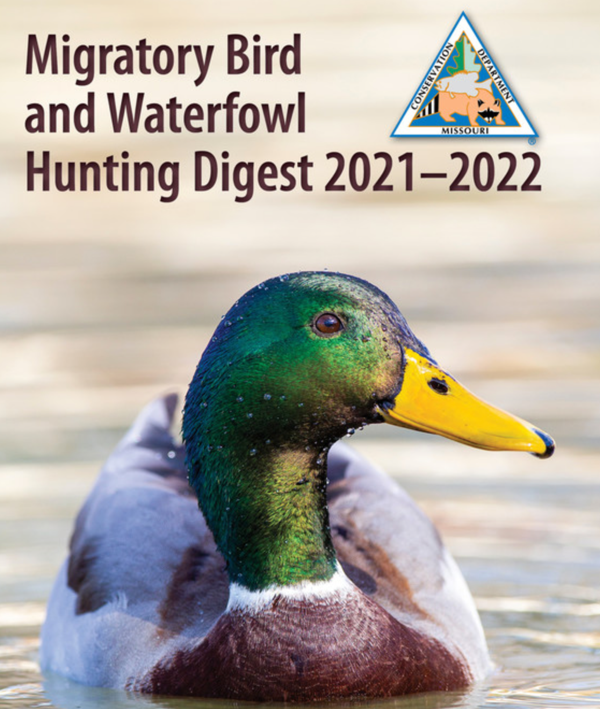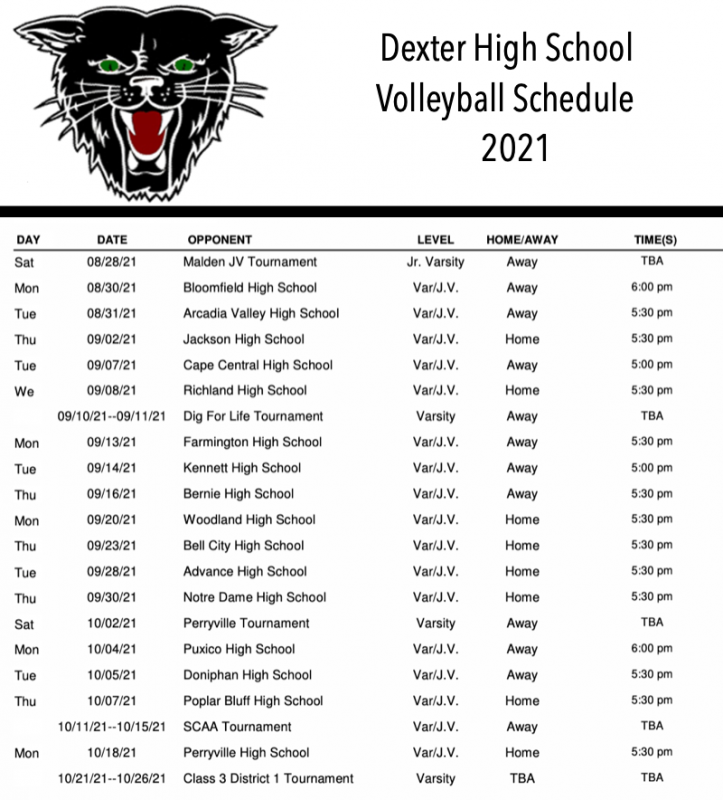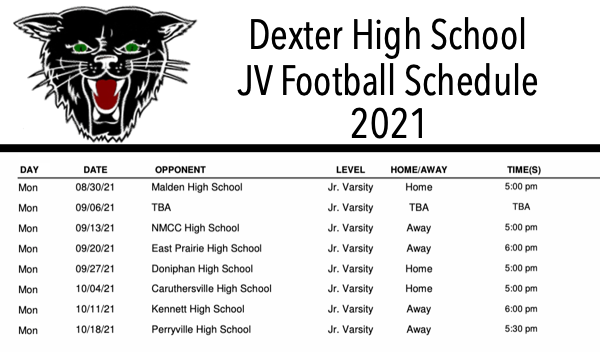
Pre-season reservation period will run Sept. 1-18. In-season weekly drawings will take place Monday afternoons.
The Missouri Department of Conservation (MDC) announces its managed waterfowl hunts for this hunting season. The pre-season reservation period will run Sept. 1-18 with results posted Oct. 1. The in-season weekly drawings will take place on Monday afternoons with a seven-day application period that opens the Tuesday before and closes the Monday of the draw at 3 p.m.
Missouri residents and qualifying non-residents, such as students from out of state or members of the military stationed in Missouri, can apply online for a reservation to guarantee them an opportunity to hunt on a specific day on a specific area. Residents and nonresidents can also arrive at a managed waterfowl hunting area the morning they wish to hunt and wait in line for the possibility of getting a hunting spot.
Applicants for waterfowl reservations must have their required permits to apply, and their Federal Duck Stamp to hunt.
MDC offers managed waterfowl hunting on more than a dozen conservation areas specially managed with a focus on wetlands. Hunters can apply for a reservation or participate in a daily morning drawing for opportunities to hunt at these areas. MDC also offers waterfowl hunting on other conservation areas. In addition to MDC areas, Missouri offers waterfowl hunting opportunities at numerous other public and private locations around the state.
For this fall, MDC’s waterfowl reservation system will offer 50 percent of daily hunting positions for the managed-hunt areas through online reservations. Of the 50 percent of spots through online reservations, half will be for pre-season applications and half will be allocated during a weekly in-season application period. The remaining 50 percent of spots will be held for hunters who participate in the daily morning drawing and wait in the “poor line” for the possibility of getting a hunting spot.
“Under this reservation system, if an area offers 20 daily hunting positions, five will be allocated through pre-season reservations and five through in-season reservations,” explained Joel Porath, who coordinates managed waterfowl hunts for MDC. “The remaining 10 positions will be allocated to hunters from the poor line the morning of each hunt.”
Successful pre-season and in-season reservation applicants will be notified after their respective draws via email or text message with their hunt date, location, and pill assignment. “Pills” designate the order hunting parties select their hunting locations on the area. The lower the number, the sooner hunting parties get to select their hunting location.
“This will let reservation holders know before they leave their homes if their randomly generated number will enable them to be one of the first, middle, or last parties to pick their hunting location,” said Porath.
Only one member from each hunting party will be allowed to have a staff member pull a pill for their respective party. Residents and nonresidents can hunt with a reservation holder and hunting parties are limited to a maximum of four people.
MDC also notes that hunters with disabilities will apply to use ADA hunting blinds through the online reservation system during the same timeframe as the preseason application period. ADA blinds that are not selected and allocated during the preseason drawing will be placed in the weekly in-season draws.
“As with last season, MDC is prepared to use COVID-19 modifications implemented in the 2020-2021 waterfowl managed hunt process to assure the safety of hunters and staff if COVID conditions this season warrant these steps,” Porath added. “These steps include staff working to implement plans to allocate hunting locations this season for vacant positions so hunting spots don’t go unused.”

Dexter, Missouri - The 2021 Dexter High School football season is almost here. The Bearcats will host the 2021 Jamboree on Friday, August 20th at Charles Bland Stadium beginning at 6:00 p.m.
Participating with Dexter are Poplar Bluff, Fredericktown, and Caruthersville.
Dexter will wear the white jersey. Poplar Bluff will wear marron, Fredericktown in black, and Caruthersville in the red jersey.
Order of Play (north is by the flagpole, south is by the scoreboard)
Round 1: Dexter vs. Fredericktown (North) and Poplar Bluff vs Caruthersville (South)
Round 2: Dexter vs. Poplar Bluff (North) and Caruthersville vs Fredericktown (South)
Round 3: Dexter vs. Caruthersville (North) and Poplar Bluff vs. Fredericktown (South)
Each Team will be on Offense & Defense for 12 plays each. Coaches will decide prior to the scrimmage which team will be on offense first.
Entry into the stadium is free and concessions will be available.




